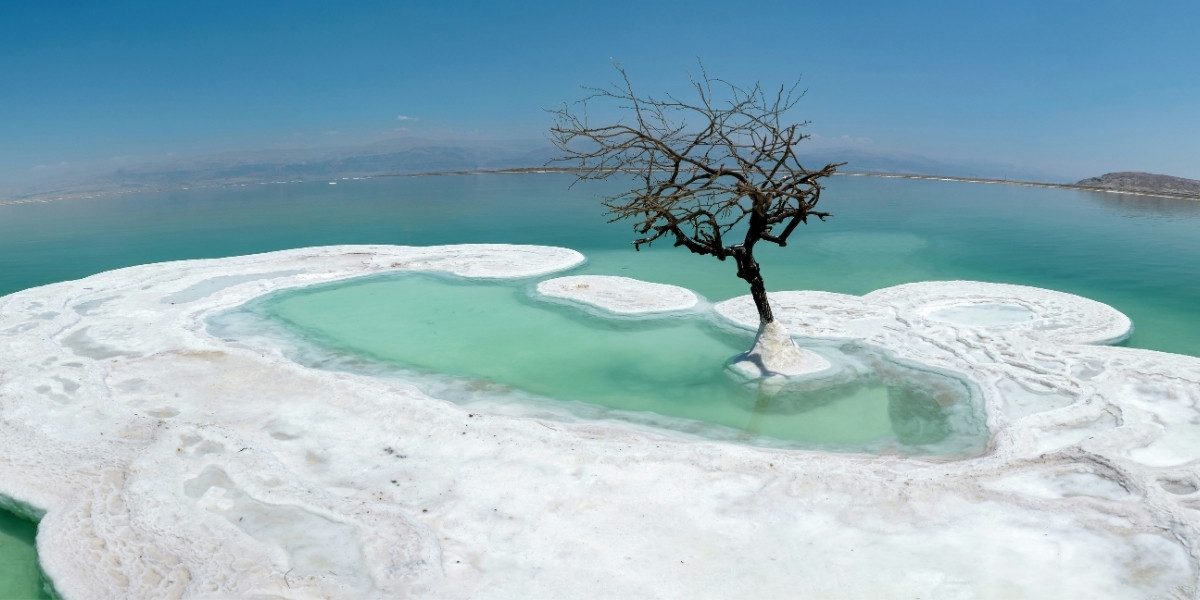Desalination Technology: A Solution for Water Age?
As the global demand for freshwater continues to rise, many regions are turning to technology for sustainable solutions. One such innovation is desalination, a process that converts seawater into freshwater by removing salt and other impurities. In an era where freshwater scarcity affects billions, desalination technology is emerging as a critical player in the global effort to secure reliable water supplies. Its growing use raises questions about long-term sustainability, cost, and environmental impact—but also signals potential for addressing one of humanity’s most pressing needs.
Read Also: The Importance of Global Efforts in Wildlife Protection
How Does Desalination Work?
Desalination uses various processes to remove salt from seawater or brackish water, making it suitable for drinking, agriculture, and industrial use. The two most common methods are thermal distillation and reverse osmosis.
Thermal distillation mimics the natural water cycle by heating water to produce vapor, which is then condensed into freshwater. This method is energy-intensive but effective, especially in regions with abundant heat sources.
Reverse osmosis, the more widely adopted technique, uses semi-permeable membranes to filter salt and other impurities from pressurized seawater. It is favored for its efficiency and relatively lower energy demands compared to thermal systems. Advances in membrane technology have improved its cost-effectiveness and scalability, making it a leading choice for many desalination facilities.
Why Is Desalination Gaining Traction?
Rising populations, urban growth, and climate-related challenges are straining freshwater resources. Many coastal cities and arid regions face chronic water shortages, leaving them increasingly dependent on alternative water sources.
Desalination plants provide a consistent and controllable supply of water, independent of rainfall or river flows. Countries like Saudi Arabia, Israel, and Australia have made major investments in desalination infrastructure, and the technology is expanding in the United States, particularly in California and Florida.
These systems are particularly useful during droughts, when traditional water sources run low. Desalination’s reliability makes it a strategic asset in water planning, especially in regions that experience fluctuating rainfall or have limited freshwater reserves.
What Are the Environmental Concerns?
While desalination offers a promising solution to water scarcity, it also presents environmental challenges that must be addressed. One of the primary concerns is brine discharge. After salt is removed from seawater, the remaining brine is a concentrated salt solution that must be returned to the ocean. If not properly managed, brine can harm marine life by reducing oxygen levels and altering the chemical composition of local ecosystems.
Another issue is energy consumption. Despite advancements, desalination remains energy-intensive, often relying on fossil fuels. This can contribute to greenhouse gas emissions unless renewable energy sources are integrated into the process. Facilities that use solar or wind power are helping to address this concern, but broader adoption is still needed to reduce the environmental footprint of desalination.
Is Desalination Economically Viable?
The cost of desalinated water has declined significantly in recent years, thanks to improvements in technology and infrastructure. Still, it remains more expensive than traditional freshwater sources like rivers and lakes. For high-income countries and water-stressed cities, the benefits of desalination often outweigh the costs. However, for lower-income regions, the financial barriers remain a significant challenge.
Public and private investments are key to expanding desalination access. Government subsidies, international aid, and partnerships with technology firms can help reduce upfront costs and improve affordability. As economies of scale are realized and more facilities come online, the price of desalinated water is expected to decrease further.
Can Desalination Be a Long-Term Solution?
Desalination is not a universal fix for global water scarcity, but it is a valuable tool in a broader water management strategy. Its role is especially vital in coastal regions with limited freshwater supplies. When paired with conservation, recycling, and infrastructure upgrades, desalination can help build resilient water systems.
Technological innovation will play a central role in the future of desalination. Research is ongoing into energy-efficient membranes, zero-liquid discharge systems, and integration with renewable energy sources. These advancements aim to reduce environmental impacts and make desalination more sustainable over the long term.
Read Also: How to Find Unique Experiences Beyond Tourist Routes
What Role Will Desalination Play in the Water Future?
As freshwater demand rises, desalination will continue to evolve. It holds promise not just for large-scale municipal systems but also for portable units and decentralized networks that can serve remote or disaster-stricken areas. In regions where traditional water sources are drying up or becoming polluted, desalination offers a path forward.
By addressing technological, economic, and environmental challenges, desalination could become a cornerstone of water security efforts. While it may not replace conventional sources entirely, it provides a crucial safety net in an age marked by climate unpredictability and growing water demands.














